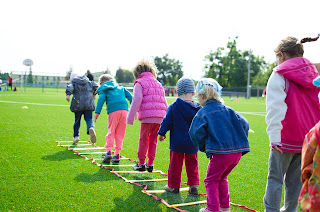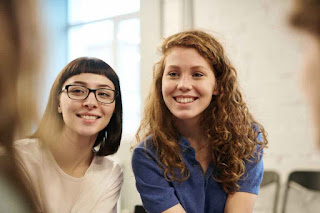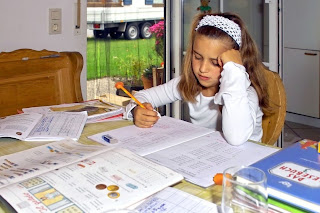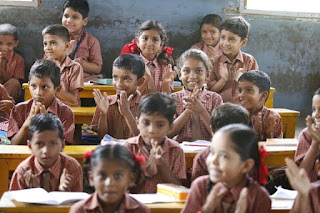Rethinking Education and Pedagogy: Embracing Learnography for Direct Knowledge Transfer
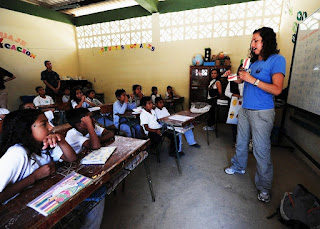
Taditional period teaching system and outdated pedagogical approaches are facing increasing scrutiny in the field of formal education The paradigm shift towards learnography challenges the conventional methods, offering a dynamic alternative rooted in the brainpage making process of direct knowledge transfer from the books to student's brain. Period Teaching Education System In the quest for effective school system and education, embracing the paradigm shift towards learnography provides a promising avenue. By transcending the limitations of the period teaching system and revitalizing pedagogy through brainpage making process, educators can unlock the full potential of students in school learning. This innovative approach not only aligns with the natural processes of human brain but also prepares pre-training learners for the dynamic challenges of the future. Highlights: Limitations of Period Teaching System Pedagogy in the Need of Revitalization Learnography: A Paradigm Shift in
